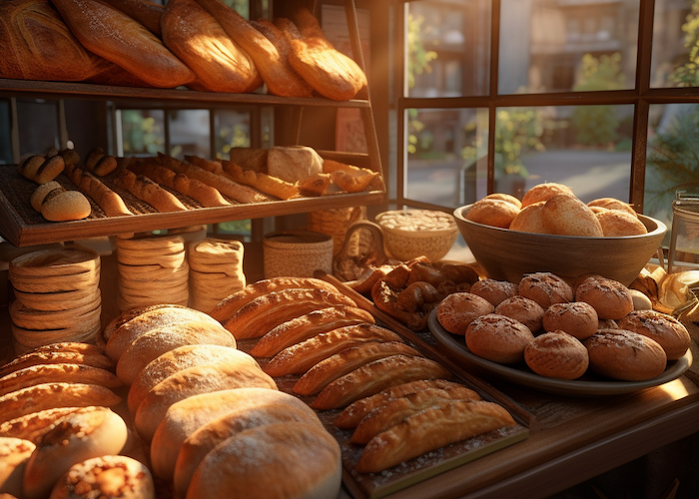Baking bread at home has become a true art form today. Beginners often struggle to get consistent results without guidance. An artisan bread maker simplifies this process, giving control and precision. However, achieving the perfect loaf requires understanding the machine and ingredients fully. Even simple mistakes can ruin texture, taste, and crust color. With careful steps, anyone can master bakery-quality bread from home.
Understanding Your Machine’s Capabilities
Each artisan bread maker has unique functions and limitations. Learn your machine’s cycles, timings, and temperature settings first. Mistaking knead speed or baking duration can affect your loaf significantly. Start with basic programs before exploring advanced options or custom modes. Reading the manual thoroughly prevents common rookie errors early. Knowing your fabricante pan artesano intimately ensures optimal results consistently.
Choosing Ingredients with Care
The quality of flour, yeast, and liquids defines your bread’s success. Fresh yeast and unbleached flour provide a better rise and flavor. Water temperature must be accurate; too hot kills yeast instantly. Avoid pre-mixed blends until you understand raw ingredient behavior. Salt and sugar ratios control taste and crust structure. Beginners should experiment slowly to learn ingredient influence on final loaves.
Mastering Dough Techniques
Even in machines, dough handling matters a lot for consistency. Watch the first kneading cycles to confirm dough forms a cohesive ball. Adding extra flour or liquid mid-cycle can prevent sticky or dry textures. Some recipes require short manual adjustments during proofing stages. Observing dough elasticity teaches you how bread develops structure naturally. Mastering these techniques early builds confidence for complex recipes later.
Monitoring Temperature and Timing
Temperature precision is crucial for baking artisan bread successfully. Too high can burn crust, too low prevents proper rise. Proofing duration must match yeast activity for fluffy interior results. Modern machines offer sensors, but human checks improve reliability further. Beginners should note timing differences in summer versus winter environments. Small adjustments ensure perfect texture without guessing.
Experimenting And Recording Results
Trial and error is part of the learning process with artisan machines. Document each ingredient ratio, temperature, and cycle setting meticulously. Over time, patterns emerge that predict ideal outcomes reliably. Don’t fear minor failures; they provide the most instructive feedback. Adjust slowly, one variable at a time, to refine results. Consistent experimentation transforms novices into confident home bakers quickly.
Conclusion
Artisan bread makers empower beginners to create bakery-level bread at home. Understanding the machine, ingredients, and dough behavior is essential. Precise monitoring of temperature, timing, and cycles improves outcomes dramatically. Recording experiments accelerates learning and reduces repeated mistakes. With patience and focus, anyone can achieve remarkable results consistently. Mastery comes not from shortcuts, but from dedication to the craft.

